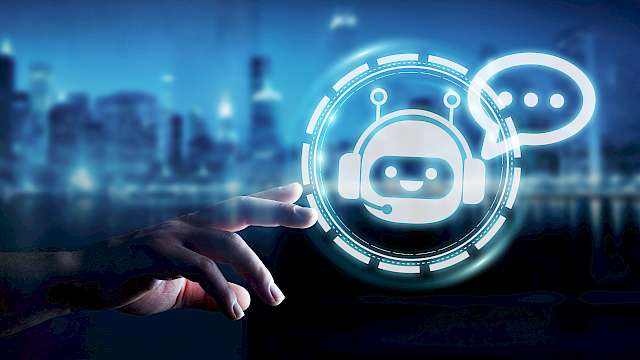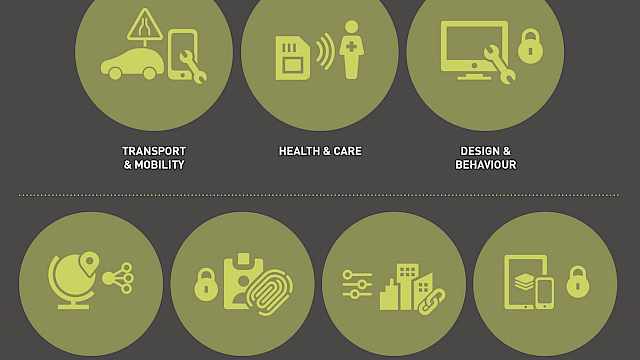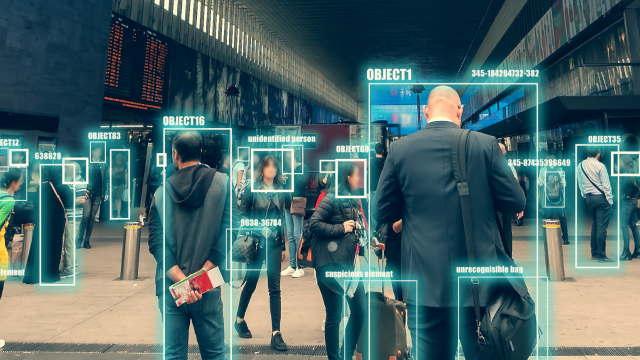The rapid advancements in artificial intelligence (AI) have brought about many exciting new possibilities, but also a range of risks that must be carefully considered. As AI is integrated into more areas of society, it is becoming increasingly important to understand the potential risks that come with these new innovations.
One of the key risks of AI is the potential for unintended consequences. AI systems can be difficult to predict and control, and it is often the case that unintended consequences are discovered only after the system has been deployed. For example, in 2018, it was discovered that an AI system used to predict recidivism was biased against black defendants. This bias was the result of the system learning from historical data that was itself biased, and it resulted in the system unfairly predicting that black defendants were more likely to reoffend.
Another risk of AI is the potential for job displacement. AI systems are capable of automating many tasks that were previously performed by humans, and this has the potential to result in large numbers of workers losing their jobs. This could have significant social and economic implications, particularly for workers who do not have the skills and training necessary to transition to new jobs.
A third risk of AI is the potential for privacy violations. AI systems often require large amounts of data to function effectively, and this data can contain sensitive information about individuals. There is a risk that this data could be misused or abused, and this could result in serious violations of privacy. Additionally, AI systems may be used to create profiles of individuals based on their data, and this could be used to target them with advertising or manipulate them in other ways.
The potential for security breaches is also a concern with AI. AI systems can be vulnerable to cyberattacks, and if they are compromised, the results could be disastrous. For example, an attacker could use an AI system to spread malware or launch attacks on other systems. Additionally, AI systems can be used to launch attacks on physical systems, such as autonomous vehicles or industrial control systems.
Finally, there is a risk that AI systems could be used to perpetuate existing biases and inequalities. For example, if an AI system is trained on data that reflects the biases and prejudices of its creators, it may reinforce these biases in the decisions it makes. This could result in discrimination against certain groups of people, such as women or minorities, and it could exacerbate existing social and economic inequalities.
To mitigate these risks, it is essential that AI algorithms are designed and implemented with privacy, security, and ethics in mind. This involves developing AI algorithms that are transparent and explainable, so that the decisions they make can be understood and evaluated. Additionally, AI algorithms should be designed with privacy and security in mind, with measures put in place to prevent sensitive data from being accessed by unauthorized individuals.
Another important step is to ensure that AI algorithms are trained on diverse and representative data, so that they are not biased and do not perpetuate existing societal biases. This requires collecting and curating data from diverse sources, and ensuring that the data is free from biases and inaccuracies.
In addition to these measures, it is also important to monitor the outcomes of AI algorithms and evaluate their impact on society. This can involve conducting regular audits of AI algorithms, and conducting research to determine whether AI algorithms are causing unintended harm or perpetuating societal biases. Additionally, there should be a system in place for individuals to report any negative impacts of AI algorithms, so that these impacts can be addressed and resolved.
In conclusion, the risks of innovation in AI are significant and must be carefully considered. While the potential benefits of AI are substantial, it is important to ensure that these benefits are realised in a responsible and ethical manner. This will require ongoing research and development to address the challenges of AI, as well as the development of new policies and regulations to mitigate the risks of AI. By working together, we can ensure that AI is used to create a better and more equitable world for all. #
This article was generated by ChatGPT, based on the prompt to write a long-form article for a behavioural and social sciences and security magazine about the risks of innovation in AI.
Read more
S. A. Calo, “Artificial Intelligence and the Future of Privacy,” Washington Law Review, vol. 90, no. 3, 2015, pp. 1023–1077.
K. O'Neil, Weapons of Math Destruction: How Big Data Increases Inequality and Threatens Democracy, Crown, 2016.
G. Parsai, "AI systems and job displacement: exploring the challenges and opportunities," International Journal of Information Management, vol. 42, 2018, pp. 18-26.
D. L. Corker and A. Walker, "The ethics of artificial intelligence," Nature, vol. 536, 2016, pp. 457-460.
J. C. Spengler, "Cybersecurity and artificial intelligence," Communications of the ACM, vol
Copyright Information
As part of CREST’s commitment to open access research, this text is available under a Creative Commons BY-NC-SA 4.0 licence. Please refer to our Copyright page for full details.
IMAGE CREDITS: Copyright ©2024 R. Stevens / CREST (CC BY-SA 4.0)







